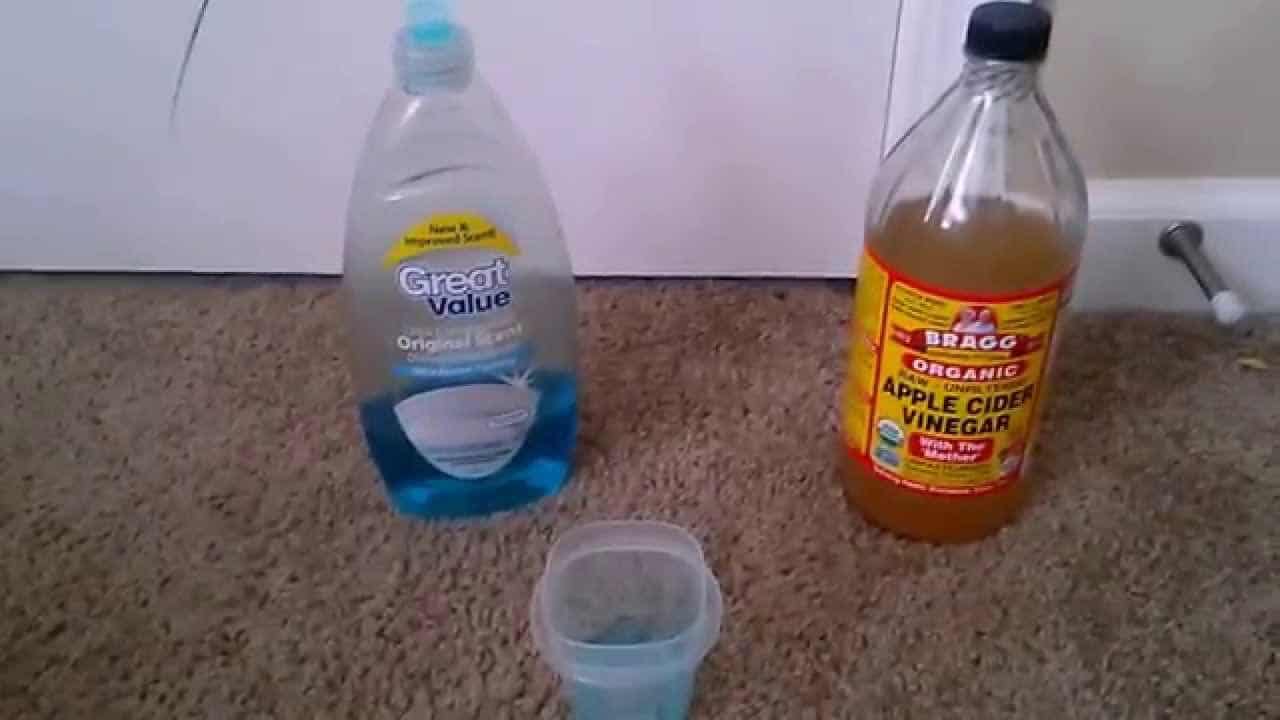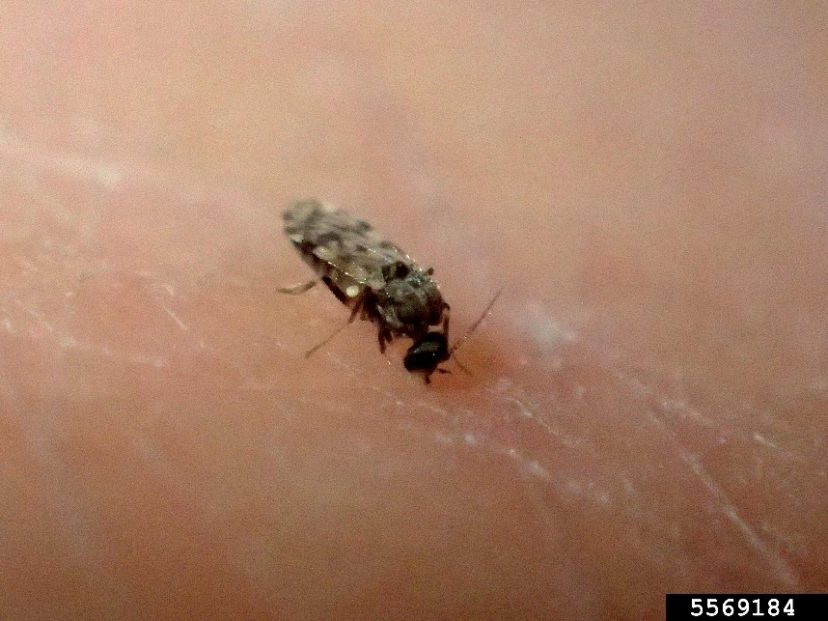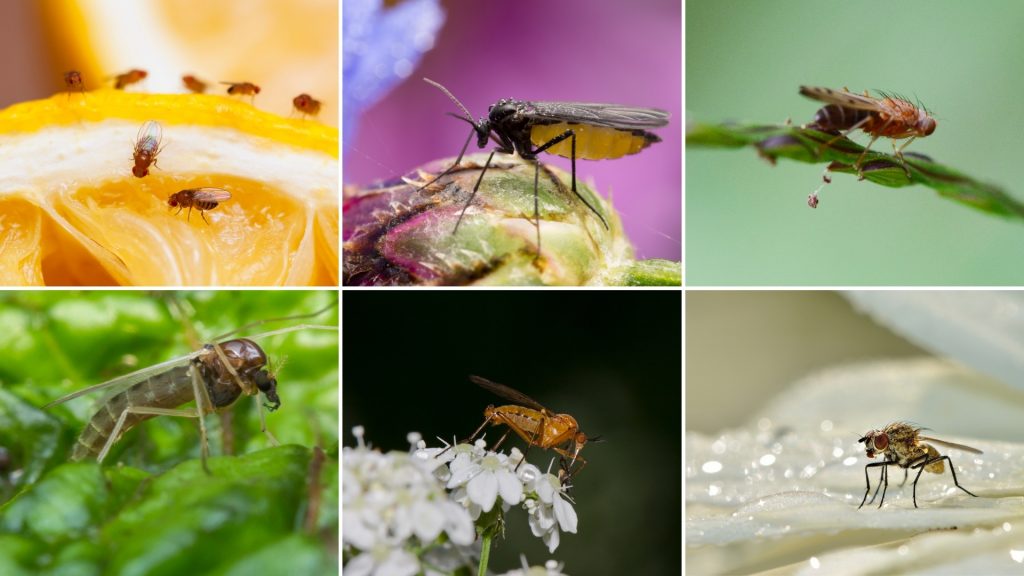Table Of Content

Fruit flies are attracted to rotten fruit but love any sweet liquids, such as vinegar and red wine. Drain flies can be found buzzing around your home's drains, while midges are more likely to gather around standing water, such as your backyard's water features. For fruit flies, the easiest DIY option is a vinegar trap, which is simple and cost-effective to create. Simply place a few tablespoons of apple cider vinegar or white vinegar, a few drops of dish soap, and a tablespoon of sugar in a bowl and stir. If you don’t have vinegar on hand, you can substitute red wine.
Do gnats bite?
We’ve researched the top pest control companies in the industry and found that Terminix and Orkin provide the best service to homeowners across the country. The term gnats refers to small flying insects that may or may not bite. You can rest easy knowing that most indoor gnats are not the biting kind nor are they prone to spreading disease. But still, these unwelcome guests are a nuisance and it’s important to deal with them before an infestation gets worse.
How do you get rid of gnats in your house?
That way, the flies will enter through the holes and fail to get out. If the gnats are already there, you have no choice but to get rid of them. Afterward, you can apply preventive precautions so that they don’t return. But getting rid of gnats in your yard might be more of a challenge. Experts say they love to breed under bushes or in wet grass. Biting midges are tiny flies that can deliver painful bites.
Use Other Homemade Gnat Traps
The drought is over, but now L.A. is being swarmed by bugs - Los Angeles Times
The drought is over, but now L.A. is being swarmed by bugs.
Posted: Tue, 11 Apr 2017 07:00:00 GMT [source]
After all, if you know that, it should be easier to keep these tiny and very unwelcome flies away. USA TODAY is exploring the questions you and others ask every day. From "How to get rid of fruit flies?" to "Are cockroaches dangerous?" − we're striving to find answers to the most common questions you ask every day. Head to our Just Curious section to see what else we can answer for you.
all purpose cleaners

If you leave them without getting rid of the eggs, the larvae will feed on decaying matter, which will fasten their growth into adult gnats. The adults will then damage your plants’ roots, which may ruin the plant altogether. While adult fungus gnats are more of a nuisance than a danger to plants, their larvae can stunt plant growth and damage plant roots.
Fruit flies buzzing around? Here’s how to build traps and get them out of your PA home - Centre Daily Times
Fruit flies buzzing around? Here’s how to build traps and get them out of your PA home.
Posted: Tue, 01 Aug 2023 07:00:00 GMT [source]
8 Insects That May Be The Small Black Flying Bugs in Your House (That Aren’t Fruit Flies)
For starters, you might be wondering how gnats get inside my house. Understanding the cause will help you better assess the situation and eliminate the pest from your home. There are several things that could be attracting gnats, but luckily it’s not hard to identify where the problem is and how to remove the gnats. Below, you’ll find all the information you need on the different kinds of gnat in your home and what has drawn them there. Gnats are also attracted to poor soil with inadequate drainage outside.
Bug Zappers
If gnats are near the sink in your kitchen or bathtub, you can dilute some bleach and pour a cup of the solution down the drains to eliminate the infestation. Mosquitoes and midges look similar and share a few commonalities. Both seek out standing water (where they lay their eggs), are known for swarming (especially at dusk), and are attracted to light.
Put Away Your Food And Wipe Down Surfaces
Be sure the hole isn’t very big, so they’re more likely to get trapped inside and not find their way back out. As such, the DocaScreen Fiberglass Screen Roll can be used for replacing the screen in windows, doors, or patios. It claims to strike the right balance between effective insect protection, sun screening, and visibility.

You may not know it, but there are plenty of things in your home that are very appealing to gnats. Once you know what is bringing the gnats into your home, it is easier to eliminate the problem. Gnats can live in almost any climate, but thrive in warmer weather.
Getting rid of fruit flies, getting rid of fungus gnats, and getting rid of gnats in plants are all possible, but why are they there? Sometimes called "no-see-ums" due to their tiny size, gnats are commonly confused with other flying pests. A gnat infestation is often fungus gnats, but your unwelcome flying visitors could also be drain flies, fruit flies, biting gnats, midges, or mosquitoes. Most gnats don’t bite, sting, or spread disease, but they’re still a nuisance, particularly indoors. These annoying insects are attracted to sweet smells, body heat, sweat, and other forms of moisture. Additionally, they can eat and lay eggs in nearly any kind of decaying organic matter, so they can be hard to get rid of.
We’ve all been there — you forget to throw out that old fruit or to take out the garbage and suddenly your kitchen is infested with gnats. But the first thing you’ve got to do before you go about getting rid of gnats is to make sure that the bugs in your home are, in fact, gnats. There are lots of little winged bugs, similar to fruit flies, that can get into your home.
Larvae, which are early-stage gnats in maggot form, feed on organic matter and chew on plant roots. Large numbers of gnat larvae can significantly damage young plants and seedlings. Eliminating troublesome gnat infestations starts with identifying gnats vs. fruit flies. Although gnats are difficult to control, a combination of store-bought treatments, DIY solutions and preventative actions can work in both your home and your garden. Whichever methods you choose, you can find the supplies you need to get rid of gnats using The Home Depot Mobile App. Search by voice or image and let our app find products for you.
Gnats are a nuisance that almost every homeowner has encountered, especially because they live in nearly every part of the world! While gnats can come in from the outside, they can also reproduce inside your home and live indefinitely if not taken care of promptly. Numerous bug zappers are available for indoor and outdoor use, many of which were tested in our tested guide to the best bug zappers. Choose one that’s maybe a bit smaller and less obtrusive than others, and pick one that is suitable for indoor use, like our top indoor pick from Aspectek. If you can't get your gnat problem to go away, your best bet might be to call a professional.
Fortunately, there are numerous remedies available to rid your home and yard of gnats. Moist organic matter is gnat larva paradise, and that’s where they want to lay their eggs. It’s also where they’ll emerge from as adults, and the egg and larval stages are very short. A buildup of moisture in the bathroom or kitchen can create a breeding ground for drain gnats. Inspect the pipes under the kitchen sink for leaks, and run the vent fan in your bathroom to prevent or minimize the buildup of moisture, and you’re less likely to get gnats. Moist, decomposing organic matter is irresistible to gnats, so leaving your kitchen trash in the trash can for too long is likely to draw a bunch of them.
Pest control companies have access to strong commercial pest control chemicals as well as years of experience dealing with live bugs and larvae. They’ll know how to pinpoint where your infestation is coming from as well as how to treat the area so gnats don’t return. We know, it can be hard to be-leaf (get it?) that your beloved houseplants could be causing your gnat problem. But, before you make the difficult decision to get rid of your greenery, try some traps instead. These cute and colorful sticky traps go right in the soil and will catch anything buzzing around the pot. They'll get rid of those annoying bugs and protect your plant pet, too.

No comments:
Post a Comment